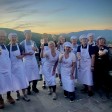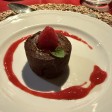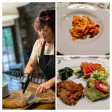Find out more about Pasta at the Tuscookany cooking school in Tuscany
June 1, 2015
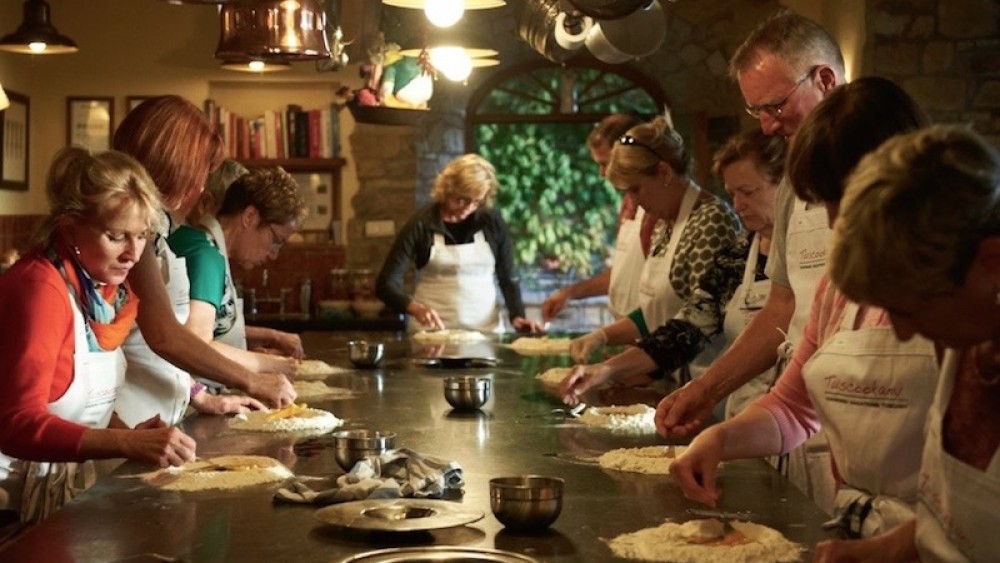
The famous pasta is one of the oldest food products in the history of humanity. For the Italians, la pasta has been vital for centuries: it is the food of the poor and the rich, the basis of almost every meal. Its history began when human beings left their nomadic lives and became sedentary, discovered wheat and learned how to grind it, turn it into flour and use it. It existed millennia before Christ. In fact, both Etruscans and Greeks used it, and even Cicero spoke about it in his writings. And when the Romans created their empire, la pasta conquered the world.
The Romans discovered in desert areas they captured in Northern Africa that wheat could be perfectly preserved if the flour is kneaded and then dried in the sun. Thus, in the sunny climate of Liguria, Campania and Sicily la pasta was left in the Sun, and then exported to the Northern regions of the peninsula. Combined with lentils or other legumes, it was a complete, perfect meal. Of course, back then la pasta still lacked its ideal groom, the tomato, which arrived in Italy from Peru in 1554 and began to be widely cultivated only in the 17th century.
The Italian creativity expresses itself in the most different forms, colours and types of pasta. Basically, they are thousands, designed for the most varied dishes. This said, the Italians have pretty broad categories for their pasta, organized around shapes, lengths and dimensions: paste lunghe, pasta in nidi, pasta a tubo, corta, minuta, ripiena e irregolare. Within these categories, there are also other specialties, like the egg pasta or the one made with special semolina. You can learn to make it grandmother-style at Tuscookany, rolling it out by hand and making many types and fillings—also traditional Tuscan fillings. Often la pasta is meant to absorb delicious, imaginative sauces, while some other times it constitutes a full meal thanks to the richness of its ingredients. Wonderful examples of the latter category are the famous passatelli, rough spaghettoni made with eggs, cheese, nutmeg and bread crumbs. Simple and tasty, they are cooked quickly in delicious broth and served hot: a festive, comforting meal.
The Italian pasta, perhaps the most popular food in the world, is often prepared incorrectly outside the Bel Paese. No doubts about it: some of the most common mistakes are shocking for the Italians, who believe cooking la pasta is almost a sacred dish. For instance, each and every Italian could easily consider the popular noodles-ketchup duo a crime. Another nightmarish recipe is the ragú Bolognese-spaghetti combination: in the capital city of this recipe, Bologna, the dish is served strictly with tagliatelle. Then, there are those who add salt before the water begins to boil, and others who add oil to the water: these practices are banned in Italy. La pasta has to be cooked al dente, drained when it is still crispy, and it can’t be cooled under cold water, because it would lose its flavour and the starch needed to aggregate the sauce. And, of course, la pasta is never served as a side dish: it's a first course or a main course. The only exception is the pilaf rice, which is accompanied by the delicious ossobuco. Plus, nobody in Italy would ever dream about adding meat or meatballs to the pasta (like you see in the animated classic Lady and the Tramp). The inhabitants of the beautiful planet do not forgive these widespread horrors, and the reason resides in the sacredness of la pasta and its ingredients: a magic, ancient ritual.
Please leave a comment about Pasta down below !
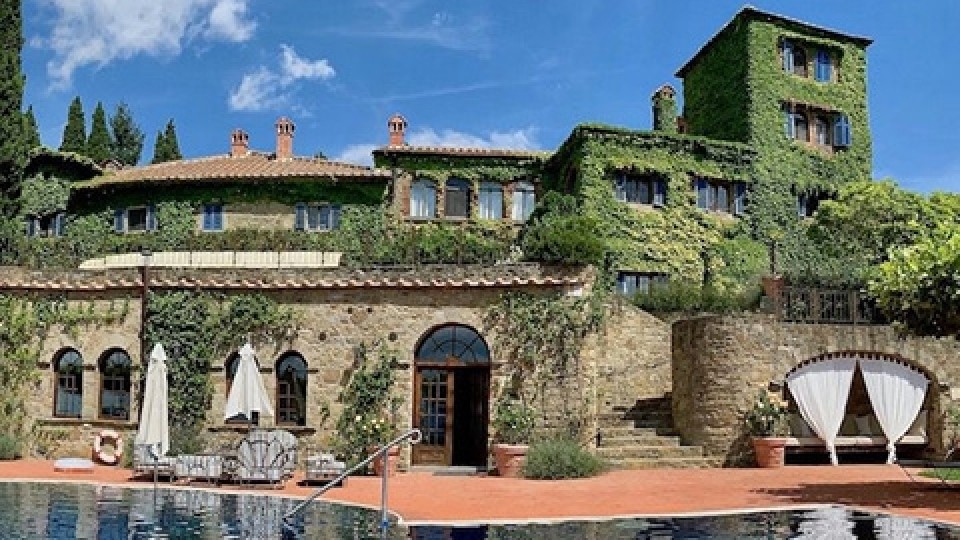
Interested in our cooking courses at one of our Tuscan villas?
Do you want to enjoy our Tuscany cooking classes with plenty of time to explore in your free time, all while staying in an amazing villa?
Reviews
How our guests experienced the Tuscookany courses
Reviews from our former guests made about their visit to Tuscookany on TripAdvisor, facebook, Twitter, Google, Chow and Yelp.


